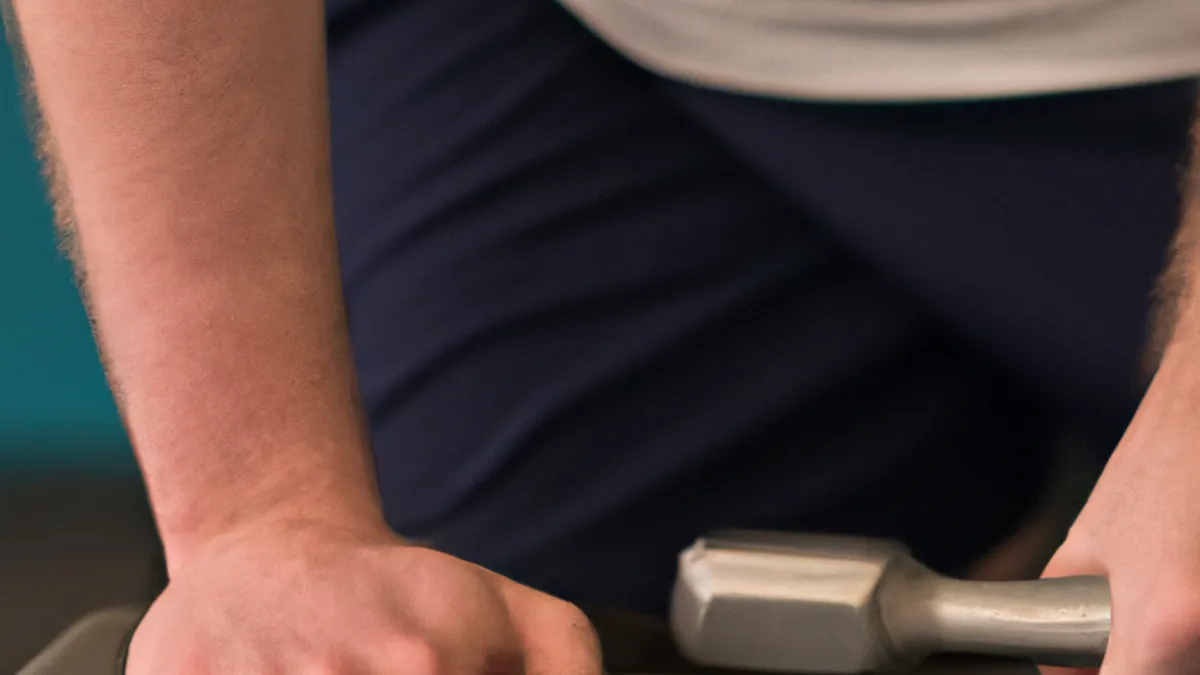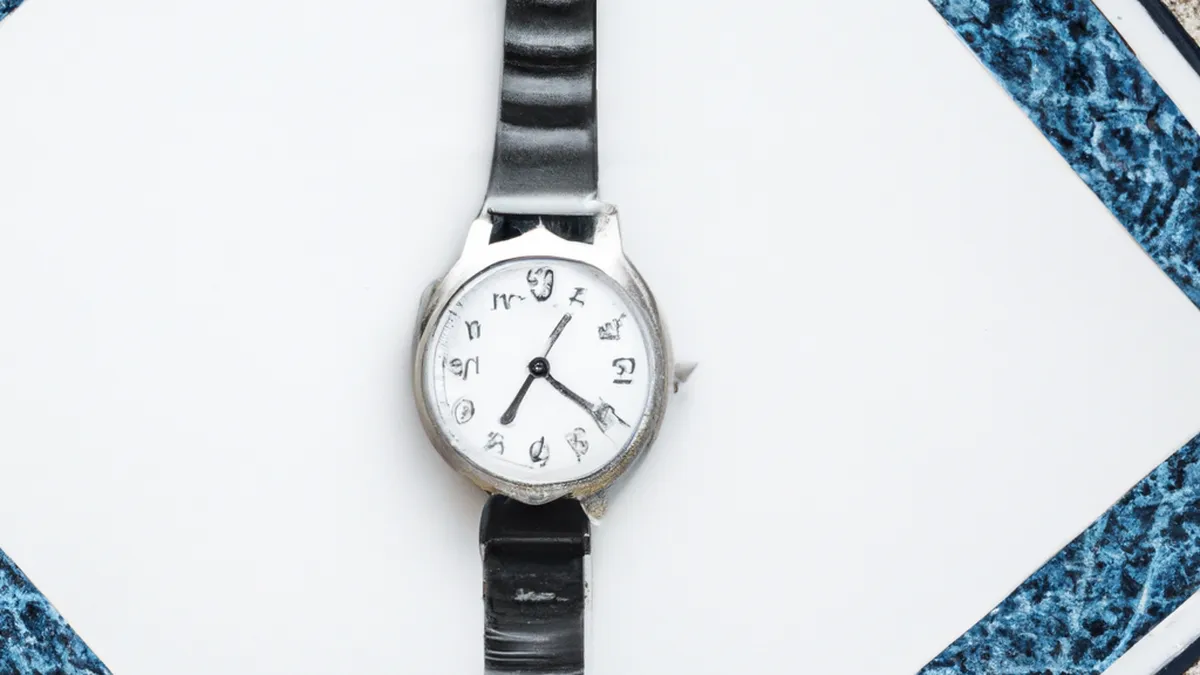Diagnose Overuse Injuries in Circuit Training
Assessing Overuse Injuries in Circuit TrainingMany fitness enthusiasts choose circuit training for workouts. This method combines strength and cardiovascular exercises for efficient fitness improvement. However, circuit training’s intensity and repetition can cause overuse injuries, common among athletes and active individuals. Early recognition and assessment of these injuries prevent long-term complications. In this post, we will explore overuse injuries, how to identify and assess them, and strategies for prevention.
Understanding Overuse Injuries
Overuse injuries result from repetitive strain on muscles, tendons, ligaments, or bones without enough recovery time. Unlike acute injuries that occur suddenly, overuse injuries develop gradually and often go unnoticed until significant damage occurs. Common overuse injuries include tendonitis, stress fractures, and muscle strains.These injuries show various symptoms. An athlete might feel persistent pain during or after workouts, along with swelling, stiffness, or decreased strength in the affected area. Many individuals push through the pain, mistakenly thinking it is normal, which can worsen the injury.
Signs of Overuse Injuries
Recognizing overuse injury signs is key for prevention and recovery. Here are common indicators:1. **Persistent Pain**: Discomfort that lingers during or after workouts may signal an overuse injury. Unlike normal soreness, this pain indicates a serious issue.2. **Swelling or Inflammation**: Swelling around joints or muscles often indicates inflammation. If swelling persists after a few days of rest, assess your situation.3. **Stiffness**: Increased stiffness, especially in the morning or after inactivity, can serve as a warning sign. Movement may ease stiffness temporarily, but it often returns after rest.4. **Decreased Strength**: Struggling with previously manageable exercises might indicate an underlying injury. Decreased strength often accompanies overuse injuries.5. **Crepitus**: A grating or crackling sound when moving a joint may suggest cartilage or tendon issues from repetitive strain.
Risk Factors for Overuse Injuries
Several factors can heighten the risk of overuse injuries during circuit training:1. **Poor Technique**: Incorrect form can create unnecessary strain on muscles and joints. This risk increases in circuit training, where exercises follow quickly.2. **Insufficient Rest**: Not allowing enough recovery time between workouts can lead to cumulative strain on the body. Overtraining can result from this lack of rest.
Conclusion
As an Amazon Associate I earn from qualifying purchases.
Gear tip: consider compression sleeves, compression socks, and percussive massager to support this topic.
Recognizing overuse injuries early can prevent serious complications. Pay attention to signs, assess your training techniques, and prioritize recovery.
Below are related products based on this post:
FAQ
What are overuse injuries?
Overuse injuries are conditions that develop gradually due to repetitive strain on muscles, tendons, ligaments, or bones without sufficient recovery time. Unlike acute injuries that occur suddenly, these injuries often go unnoticed until significant damage has occurred. Common examples include tendonitis, stress fractures, and muscle strains.
What are the signs of overuse injuries?
Signs of overuse injuries include persistent pain during or after workouts, swelling or inflammation around joints, increased stiffness, decreased strength, and crepitus, which is a grating sound when moving a joint. It is important to recognize these symptoms early to prevent further complications.
What factors increase the risk of overuse injuries in circuit training?
Risk factors for overuse injuries in circuit training include poor technique and insufficient rest between workouts. Incorrect form can place unnecessary strain on the body, while inadequate recovery can lead to cumulative strain and overtraining, increasing the likelihood of injury.















Post Comment